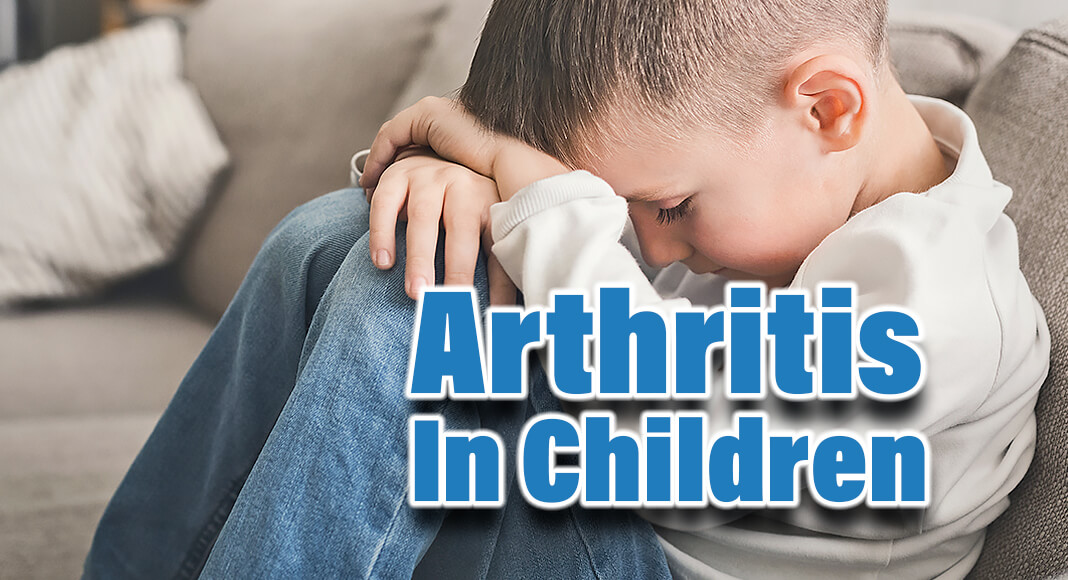
Mega Doctor News
What is childhood arthritis?
Arthritis in children is called childhood arthritis or juvenile arthritis. The most common type of childhood arthritis is juvenile idiopathic arthritis (JIA), also known as juvenile rheumatoid arthritis.
Childhood arthritis can cause permanent physical damage to joints. This damage can make it hard for the child to do everyday things like walking or dressing and can result in disability.
Is there a cure for childhood arthritis?
Although there is no cure, some children with arthritis achieve permanent remission, which means the disease is no longer active. Any physical damage to the joint will remain.
What are the signs and symptoms of childhood arthritis?
Symptoms may come and go over time. There may be times when symptoms get worse, known as flares, and times when symptoms get better, known as remission. Signs and symptoms include:
- Joint pain
- Swelling
- Fever
- Stiffness
- Rash
- Fatigue (tiredness)
- Loss of appetite
- Inflammation of the eye
- Difficulty with daily living activities such as walking, dressing, and playing
What causes childhood arthritis?
The exact cause of childhood arthritis is unknown. In childhood arthritis the immune system may not work right which causes the inflammation in the joints and other body systems.
How is childhood arthritis diagnosed?
Childhood arthritis is diagnosed through a physical examination and review of symptoms, X-rays, and lab tests. A doctor should make this diagnosis, particularly a rheumatologist who specializes in arthritis and other related conditions in children. These doctors are called pediatric rheumatologists.
Who gets childhood arthritis?
Childhood arthritis can affect children of all ages, races and ethnic backgrounds.
Information Source: CDC









